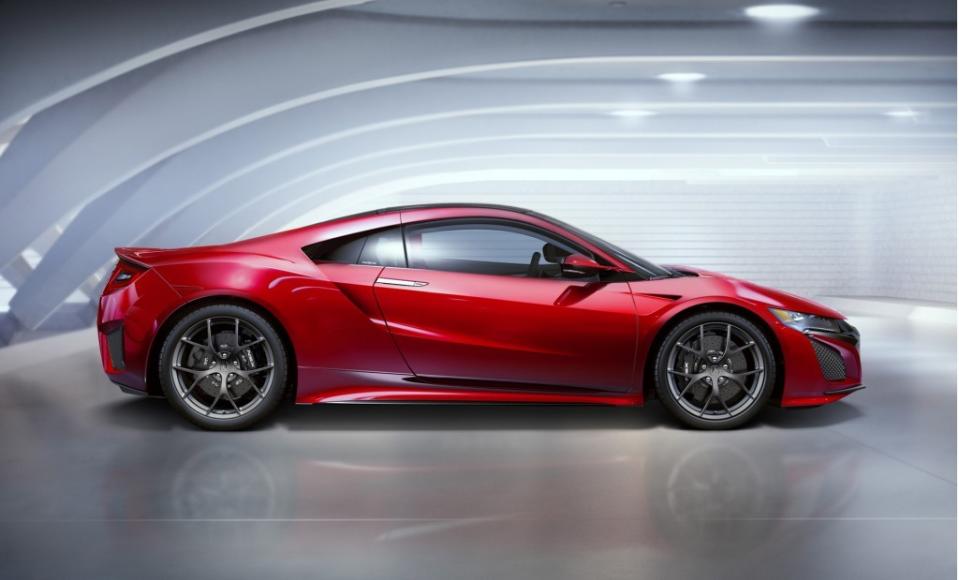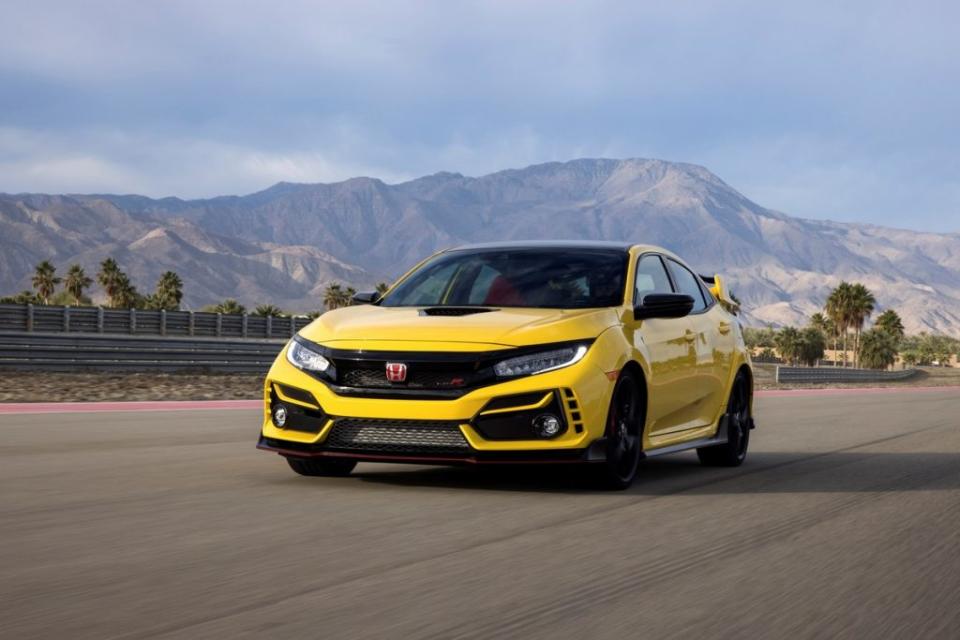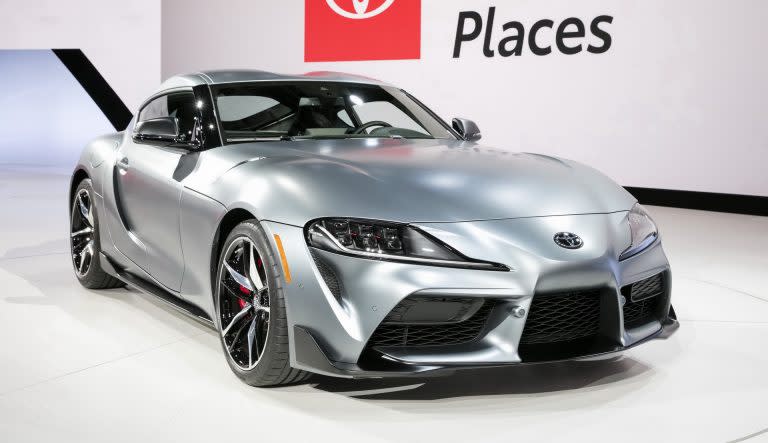How JDM Vehicles Became Popular in the U.S.

From the perspective of USA-based car enthusiasts, performance-oriented Japanese cars have gone from obscure to mainstream over the past 30 years. That’s not to say Japan’s performance car industry didn’t exist before 1990, but the average American’s awareness of Japanese domestic market models (or JDM cars) was minimal, at best.
That started to change in the 1980s, as sporty two-door coupes like the Honda Prelude, Mazda RX-7, Nissan 240SX, and Toyota Supra and Celica joined the Nissan 300ZX in U.S. showrooms. But the real pivot came in the 1990s, when magazines like Sport Compact Car and Super Street focused on the growing enthusiasm for Japanese “tuner cars” and the enthusiast culture forming around them. The Acura Integra, Honda Civic, Mitsubishi Eclipse, and Nissan 240SX were among the most common models featured in these magazines.
The growing popularity of those magazines was conveniently timed with a wave of Japanese supercars coming to U..S showrooms, such as the all-new Honda NSX (badged as an Acura in the U.S.) and Mitsubishi 3000GT VR4. The 1990s also saw substantial horsepower and chassis upgrades to existing U.S-market Japanese sports cars like the RX-7, Supra, and 300ZX, many of them now featuring twin-turbo engines and successfully competing in high-profile motorsports activities.
By the early 2000s additional Japanese domestic market models had made the leap to U.S. showrooms, including the all-wheel-drive Subaru Impreza WRX STI and Mitsubishi Lancer Evolution (or Evo). The Honda S2000, a new rear-wheel-drive sports car with a 6-speed manual transmission and 9,000 rpm redline, added to the momentum, as did a little movie called The Fast and The Furious.
This relatively low-budget, performance-car-themed film put a heavy emphasis on modified JDM cars like the Honda Civic, Mitsubishi Eclipse, and Nissan Skyline GT-R. The Fast and The Furious was a huge box-office success, inspiring more than 10 sequels/spin-offs, and popularizing terms like nitrous oxide, supercharger, and twin turbo.
While most automotive enthusiasts still wouldn’t put JDM cars on the same plane as European supercars from BMW’s M Sport group, Ferrari, Mercedes-AMG, or Porsche, there’s no denying the rising interest, and market value, of the following JDM classic cars.
1. Acura Integra Type R

Called the Honda Integra Type R in Japan, it was sold in the U.S. from 1997 to 2001. The Integra Type R featured a 1.8-liter four-cylinder engine with variable valve timing (VTEC) and upgraded suspension and brake components. It is considered among the best Japanese performance hatchbacks of the era.
2. Acura NSX

Known as the Honda NSX in Japan, this mid-engine, V6-powered supercar debuted in the U.S. in 1991 and featured the first mass-produced lightweight aluminum body. It’s not overstating things to say the Acura NSX established a new supercar performance benchmark that other supercar brands had to scramble to keep up with.
3. Honda Civic

Originally a compact car with an emphasis on fuel economy, the Honda Civic is one of the most popular cars to modify using JDM performance upgrades and styling themes. The Honda Civic Type R, a longstanding performance version of the model offered in Japan and Europe, finally came to the U.S. market in 2017
4. Honda S2000

Introduced for the 2000 model year, the S2000 was a rear-drive, two-seat convertible with a 2.0-liter, four-cylinder engine offering a 9,000-rpm redline and one of the highest horsepower-per-liter metrics at the time. A “CR” (Club Racer) version was offered for one year (2008) with upgraded components and lighter weight.
5. Mazda RX-7

Powered by the FD3S rotary engine, the Mazda RX-7 was a two-seat sports car first introduced in 1978 and sold in the U.S. through 1995 (it continued to be sold in Japan until 2002). Known for its lightweight and confident handling, the RX-7 was the original “hero car” driven by Vin Diesel in the first Fast and Furious movie.
6. Mitsubishi 3000GT VR4

Known as the Mitsubishi GTO in Japan and other markets, the 3000GT VR4 offered several high-tech features when it launched in 1991. These included all-wheel drive, an adaptive suspension, active aerodynamics, and an adjustable exhaust system. A retractable hardtop version was also available.
7. Mitsubishi Lancer Evo

A Japanese domestic market sport sedan never intended for global markets, the Evo was a hit with enthusiasts around the world and eventually exported to Europe and the U.S. Leveraging all-wheel drive and a turbocharged engine, the Mitsubishi Lancer Evolution proved highly successful in World Rally Championship racing.
8. Nissan 240SX

Dubbed the Nissan Silvia in Japan, this rear-wheel-drive coupe offered rather modest performance in the U.S. but was available with the SR20DET turbocharged four-cylinder engine in Japan and other markets. Converting U.S.-sold 240SX models into Silvias with an SR20DET engine swap is a popular modification.
9. Nissan 300ZX

A successor to the original Datsun 240Z, this model is known as the Fairlady Z in Japan and the 1990-1996 versions featured a twin-turbo V6 engine and four-wheel steering technology dubbed Super HICAS (High Capacity Actively Controlled Steering). Nissan ended U.S. sales in 1996 but continued to sell it in Japan until 2000.
10. Nissan Skyline GT-R

An all-wheel-drive, turbocharged coupe, the Skyline GT-R was never officially sold in the U.S., though many Japan-market GT-Rs have been imported and are easy to spot with their steering wheel on the right side. The modern Nissan GT-R is the first official version of the Skyline GT-R sold in the U.S.
11. Subaru Impreza WRX STI

Built to compete in the World Rally Car Championship race series, the Impreza WRX STI uses all-wheel drive and a turbocharged four-cylinder for rapid acceleration and stable handling on dirt road courses. Launched as the Subaru Impreza WRX, the STI letters represent later performance upgrades.
12. Toyota Supra

Initially a Japanese market Celica spin-off model, the Toyota Supra went on sale in the U.S. in 1980 and by 1994 it offered a powerful twin-turbo 2JZ engine making over 320 horsepower. Toyota ended U.S. sales in 1998 but continued sales in Japan until 2002. A new Supra, developed largely by BMW, debuted in 2020.
More from iSeeCars:
If you’re in the market for a new or used car you can search over 4 million used and new trucks, cars, and SUVs with iSeeCars’ award-winning car search engine that helps shoppers find the best car deals by providing key insights and valuable resources, like the iSeeCars free VIN check report. Filter by vehicle type, rear- or four-wheel drive, and other parameters in order to narrow down your car search.
This article, How JDM Cars Became Popular in the U.S., originally appeared on iSeeCars.com.

 Yahoo Autos
Yahoo Autos 